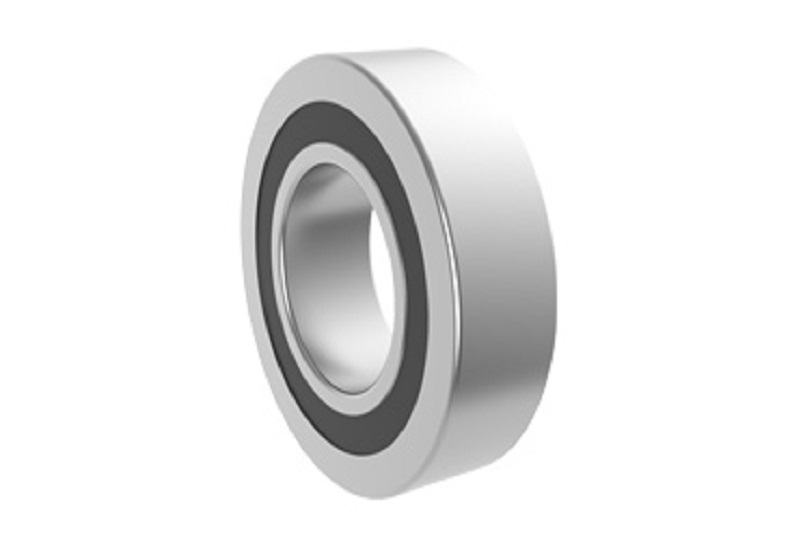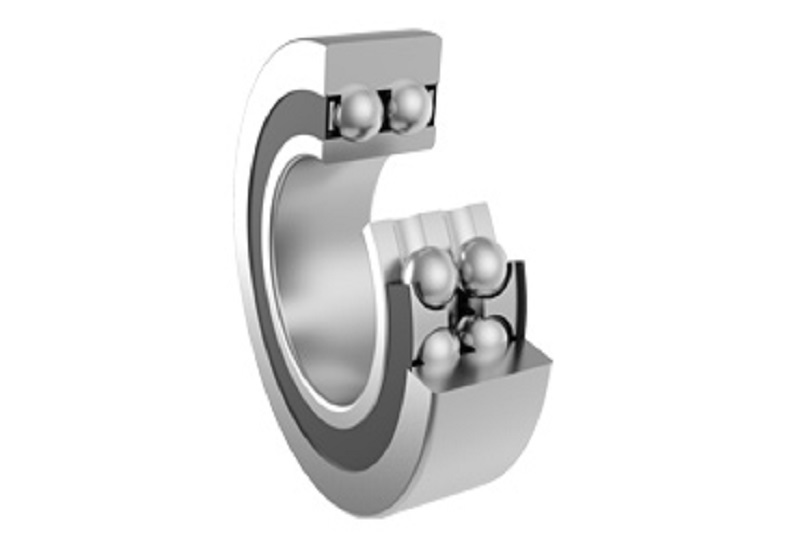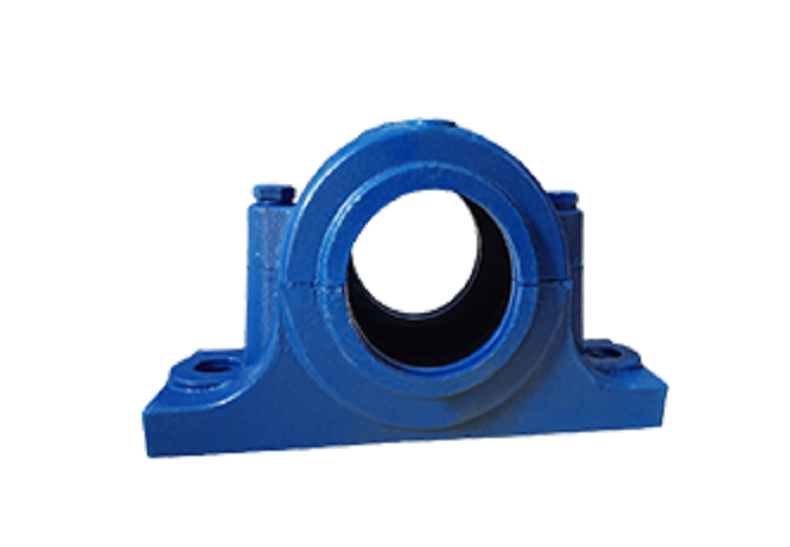What Are the Inspection Contents of a Running Cross Roller Bearing?
With the rapid development and maturity of high-precision CNC machining equipment such as CNC rotary tables, vertical machining centers, vertical lathes, and grinders, more and more of them are abandoning traditional designs and adopting better-performing cross roller bearings. As an important part of mechanical equipment, if the cross roller bearing is damaged, the normal operation of the equipment cannot be guaranteed. Therefore, we need to pay attention to it in daily use, and not only check it before and after operation, but also check it while it is running. What are the contents of the inspection for the cross roller bearing during operation?
As the operating time of cross roller bearings increases, it has become increasingly important to pay attention to the inspection of the bearing operating status and the formulation of maintenance plans in order to prevent bearing running failures. Relevant maintenance personnel must attach great importance to the "failure signals" of bearings, such as observing the temperature of bearings, listening to the noise of bearings, and touching the vibration of bearings. By making good use of these three commonly used maintenance methods - listening, touching, and observing - we can better prevent bearing failures.
Listening to the cross roller bearing
Listening is mainly to use hearing to identify irregular operation, which is a common method. If the cross roller bearing is operating well, it generally produces a lower humming sound. If the sound emitted by the cross roller bearing is sharp and irregular, such as a squeaking or chirping sound, it indicates that the bearing is not operating well. This sharp squeaking sound may be due to insufficient lubrication. In addition, improper clearance of the bearing may cause metal noise, and the dents on the outer raceway of the bearing may cause vibration, producing a smooth and crisp sound.
Touching the cross roller bearing
The temperature of the bearing is also an important indicator for judging whether there is a failure in the cross roller bearing. If the temperature of the bearing is too high during operation, it indicates that the bearing is abnormal, and the high temperature will also affect the service life of the lubricant inside the bearing. If the bearing runs for a long time at high temperature, it will significantly shorten the bearing's service life.
Observing the cross roller bearing
If the cross roller bearing has good lubrication and can effectively block foreign particles and moisture, it indicates that the oil seal should have no wear. However, when conducting bearing inspection work, after opening the bearing box, it is necessary to visually inspect the bearing and check the oil seal, especially to carefully inspect the oil seal near the bearing to ensure that the oil seal can effectively prevent hot liquids and gases from gradually seeping into the bearing along the axis. At the same time, apply enough grease to the protective ring and labyrinth oil seal to ensure that their protective effects meet the standards.
The above is an explanation of the contents of the inspection of the cross roller bearing during operation. Whether it is before operation, during operation, or after operation, it is necessary to carry out necessary troubleshooting to eliminate failures. Once a failure is found, it needs to be resolved immediately, and maintenance should be done to ensure normal use and extend the service life. Therefore, regular inspections of cross roller bearings are necessary.














 English
English  français
français  Deutsch
Deutsch  italiano
italiano 


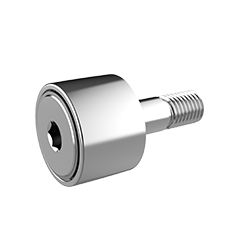
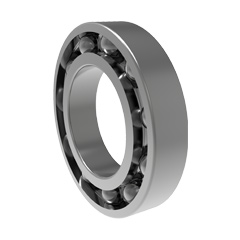
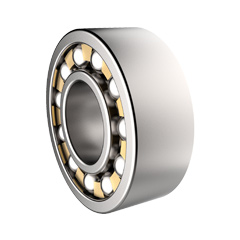
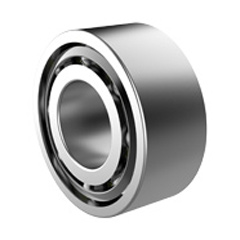
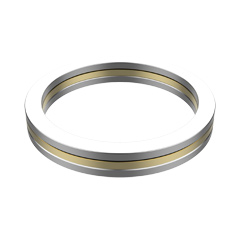
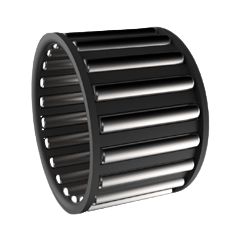
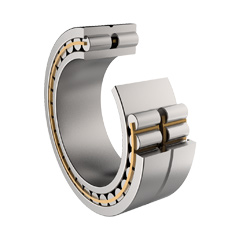
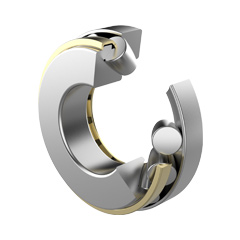
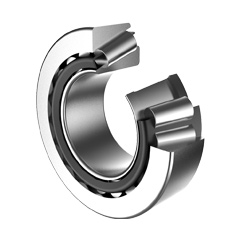
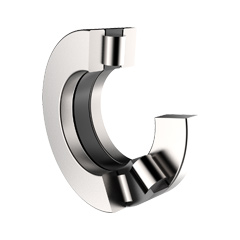
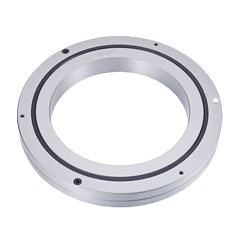
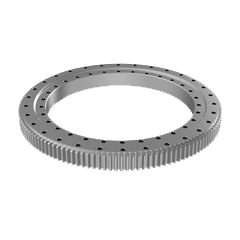
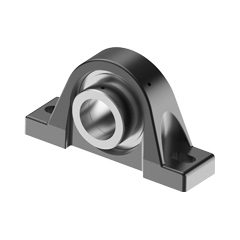
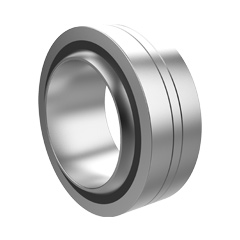

 English
English  français
français  Deutsch
Deutsch  italiano
italiano 

